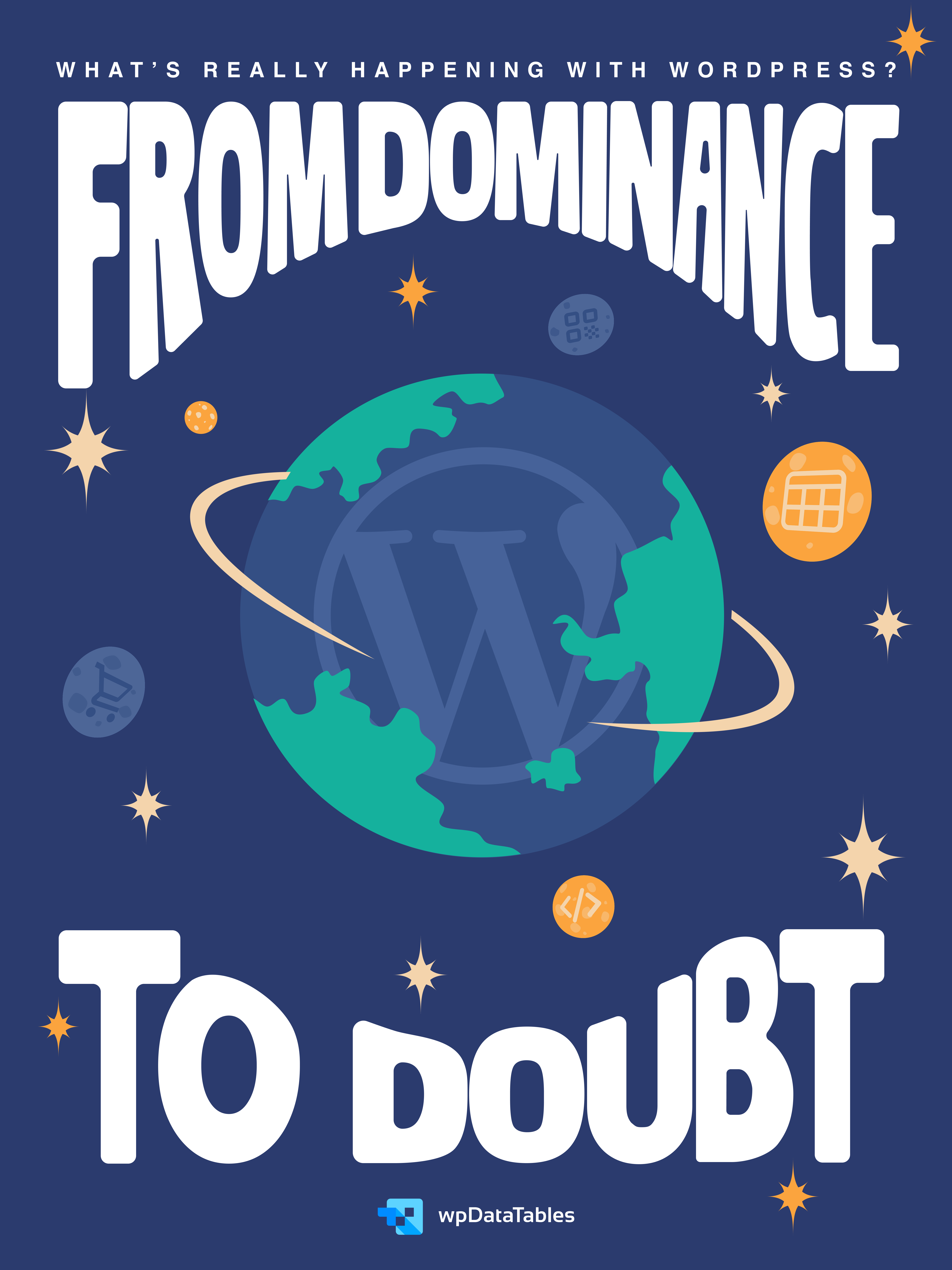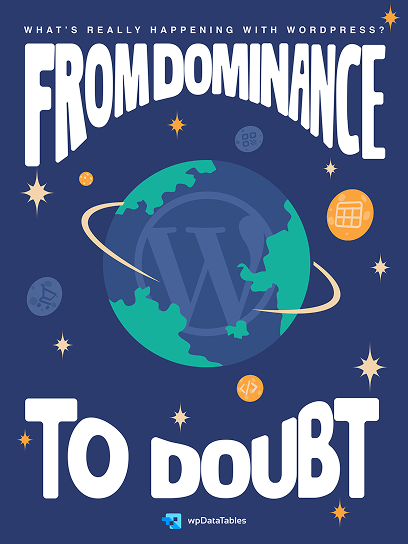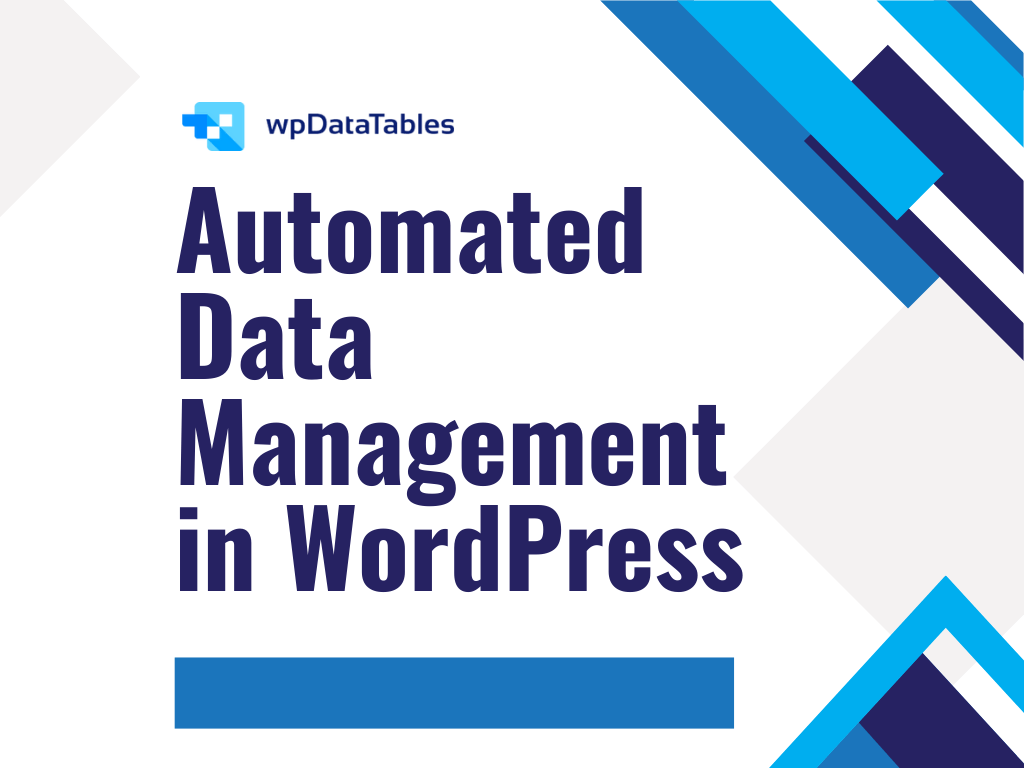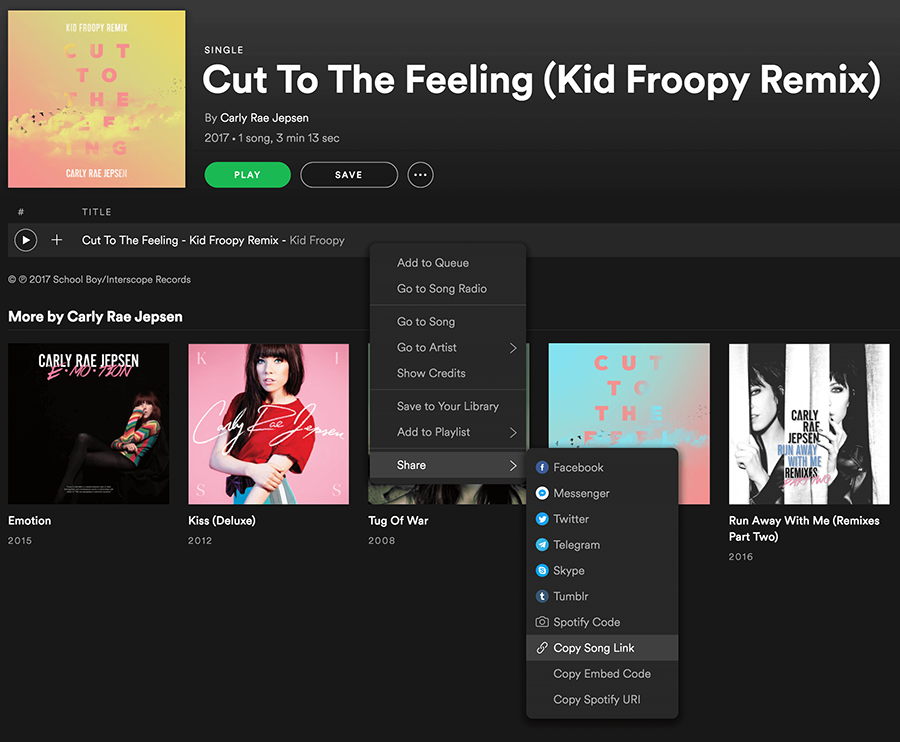For over two decades, WordPress has been the backbone of the web.
It powers more than 43% of all websites — a staggering number that reflects not just adoption, but dominance. WordPress isn’t just software. It’s infrastructure. It’s culture.
But every dominant force faces a turning point.
And right now? WordPress might be standing at one.
Because behind the glowing stats and endless plugins, the signs are hard to ignore:
📉 Search interest is stalling.
📉 Growth is flat.
📉 Newer platforms are gaining speed — and market share.
So the question isn’t “Is WordPress dying?”
It’s “Is WordPress evolving fast enough?”
Table of Contents
It’s Not About Survival — It’s About Relevance
WordPress is still here. Still strong.
But in a world obsessed with speed and simplicity, strength alone isn’t enough.
✅ Shopify is moving beyond eCommerce into content.
✅ Webflow is empowering non-devs to launch polished sites in days.
✅ Creators want low-maintenance, high-output tools — not stacks of plugins.
Miriam Schwab, Head of WordPress Relations at Elementor, says:
“I think WordPress has a ton of strengths, and aside from figuring out how AI will be part of it, it can compete successfully with these other platforms.”
That potential is real — but so are the hurdles.
Because what once made WordPress unstoppable — its size, flexibility, and extensibility — is now part of what’s holding it back.
Big means complex. Big means friction. Big means slower to evolve. And in a market that rewards agility, that’s a real risk.
The Real Friction Is Internal
Ironically, it’s not outside competition that poses the biggest challenge — it’s the WordPress experience itself.
Plugins overlap. Themes conflict. Performance suffers. What once gave developers freedom now often feels like a fight to make things work together.
Verdi Heinz, Community Manager at Elementor, sees it too:
“Think of an “Apple App Store” approach for WordPress—a unified experience where everything just works together.“
And right now, WordPress isn’t always meeting that future — not without serious tweaking.
What Comes Next? The Ecosystem Decides
WordPress isn’t disappearing.
It still offers unmatched control, modular flexibility, and the freedom to build anything — for those who know how to wield it.
But today’s users expect more than just flexibility. They want stability, cohesion, and systems that just work.
Jonathan Wold, the Co-founder of Guildenberg, states:
“I’m expecting [WordPress] to continue to grow, to become more operating system like, in its core, and to continue to evolve and adapt.“
That’s the challenge ahead — not just more plugins or themes, but deeper, smarter infrastructure.
Because the future of WordPress won’t be built on what’s been done before. It’ll be built on how quickly it can adapt to what’s coming next.
As Vikas Singhal, the founder of InstaWP, puts it:
“Can [WordPress] continue to dominate? Absolutely—but only if it evolves fast enough.“
That’s not just a warning — it’s a call to action.
Because the future won’t be shaped by nostalgia. It’ll be shaped by those curious (and fast) enough to build what’s next.
So here’s the real question:
Will you ride the shift — or get left behind by it?
👉 Download Our Exclusive Ebook
It’s not a takedown. It’s a truth bomb. Real data. Honest insight. And a look at what’s next — with or without the status quo.




